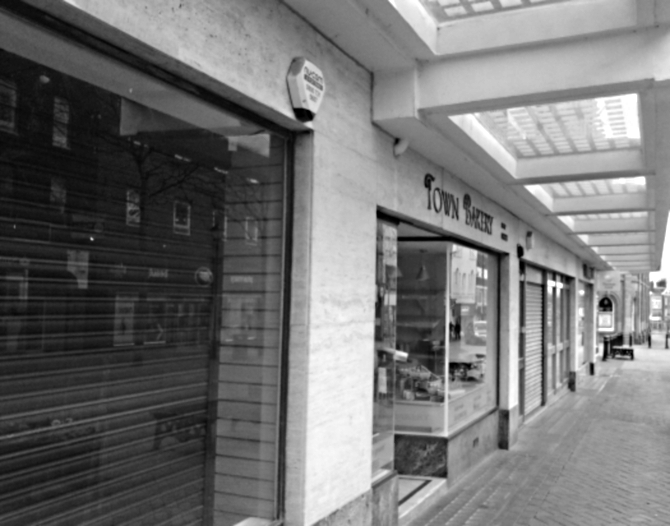At the height of the recession, shop vacancy rates became a real issue for town centres attempting to keep their high streets alive. A combination of low consumer spending, increasingly high business rates and the rising cost of utility bills had a catastrophic effect upon the retail industry.

In addition to these factors changing consumer habits, not least the rise of online shopping, have brought about structural changes that have provoked a wide ranging debate about the future use of high street properties.
However, since the start of this year there has been a drop in the number of empty retail properties, with recent research from the Local Data Company showing that the shop and leisure vacancy rate now stands at 12 per cent. This compares well to this time last year, with an overall drop of 0.5 per cent easing the pressure nationwide.
Director of the Local Data Company, Matthew Hopkinson, attributes the drop in vacancies to the growing number of convenience stores and pop up shops appearing on the High Street.
He says; “This is further positive news with regards to the reoccupation of vacant units in our town centres – there has been a significant rise in incentives from councils, central government with business rates and more flexible occupation such as pop up shops, which is helping this take up.
“It does also reflect the structural changes taking place in our town centres where traditional shops are closing and being replaced by food & beverage retailers, services such as nail bars and tattoo parlours as well as significant growth in the convenience sector.
“Whilst we are seeing more positive signs for consumers which ultimately determines the success of shops the real acid test in 2014 and 2015 will be what proportion of these newly occupied units will stand the test of time as the Omni channel environment matures and the consumer becomes even more technologically enabled and empowered – only time will tell.”
Although shop vacancy rates, when stripped of the benefits brought by an increase in leisure property uptake, remains relatively high at 13.6 per cent, it has again dropped by 0.5 per cent in the past year from last February’s 14.1 per cent score. Yet it is expected to fall further, and more steeply, in the next 12 months as supermarket chains and clothing retailers look to capitalise on a more promising outlook by expanding onto the High Street.
Previous Post
Retail Innovation Hub launched in London